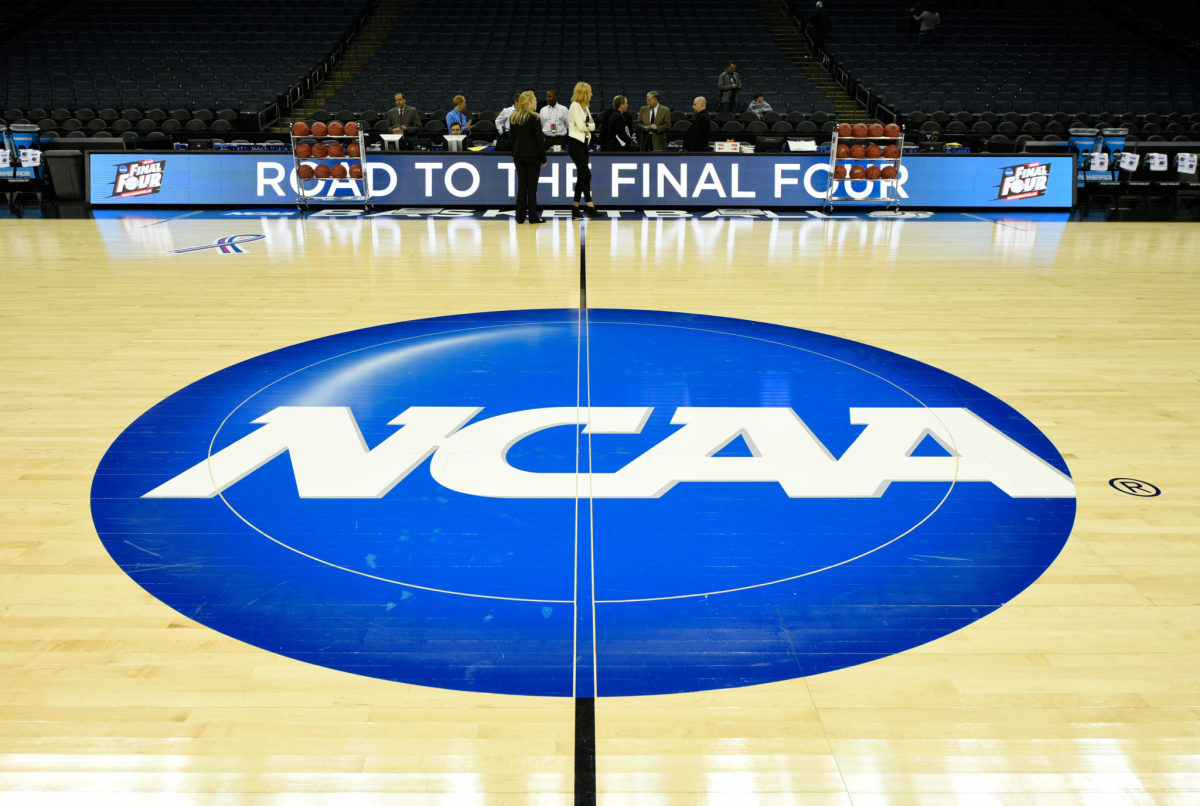A settlement is being negotiated in the case involving college athletes who claim they were unfairly prevented from profiting from their name, image, and likeness (NIL).
This settlement would involve payments to these athletes, along with a commitment from conferences and schools to share revenue with them. It’s estimated that this revenue share could amount to $20 million per year per school, based on a percentage of various Power conference revenues.
The specifics of the revenue-sharing model are still being discussed, but it’s likened to a salary cap in professional sports, with schools having the opportunity to share millions in revenue with athletes. Steve Berman, co-lead counsel for the plaintiffs, expressed confidence in their leverage, stating that the longer the NCAA waits, the more they will have to pay.

The NCAA has not commented on the matter, but there’s a sense that a settlement is becoming increasingly likely. The potential settlement could not only resolve the immediate legal dispute but also serve as a catalyst for a new business model in college sports, according to some sources. The case is scheduled to go to trial in January 2025, and an NCAA loss could result in significant damages, potentially over $4 billion.
If a settlement is reached, the implementation of the revenue-sharing model would likely begin no sooner than the fall of 2025 and could even be delayed until 2026. The plaintiffs argue that the NCAA’s restrictions on how athletes can profit from their NIL rights violate federal law. Among the plaintiffs are former athletes like Grant House, Sedona Prince, and Tymir Oliver, who represent various sports and universities.
